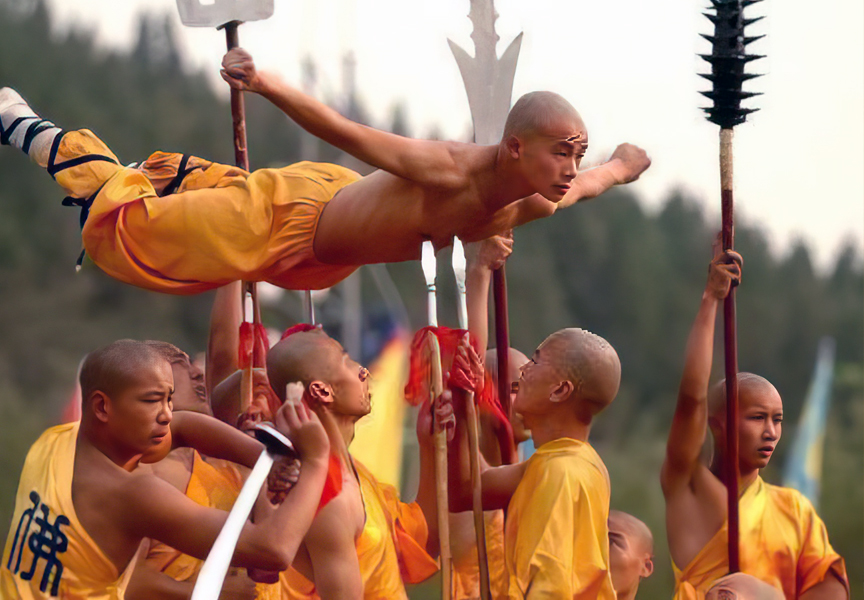Random Free Articles
- Shaolin Kung Fu: A World Heritage Tradition
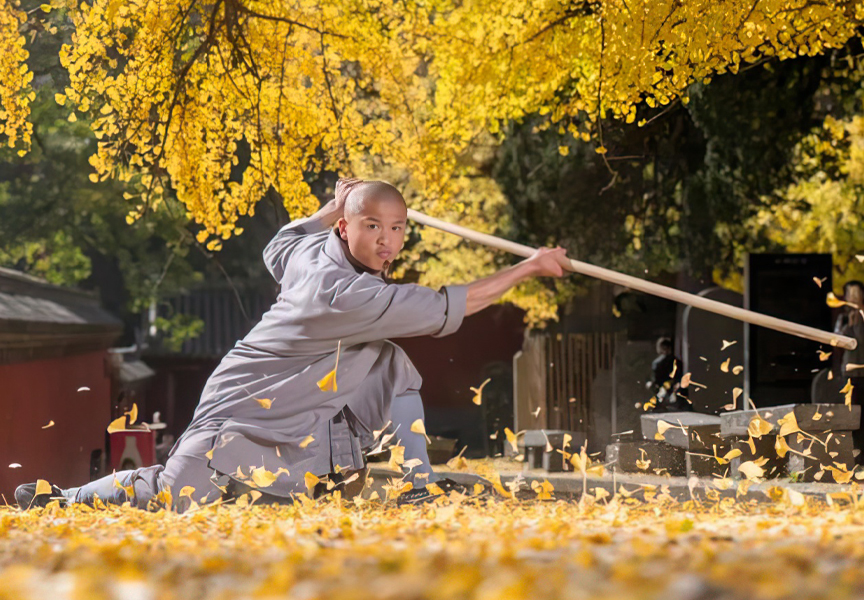
Nestled within the dense forests of the Song Mountain in Henan Province, China, lies a sanctuary of ancient martial arts wisdom - the Shaolin Temple. For over 1,500 years, Shaolin Kung Fu has been revered as one of the most iconic and influential martial arts disciplines in the world. Its legacy transcends physical combat, embodying a profound philosophy that intertwines mind, body, and spirit. Recognized as a UNESCO World Heritage Site in…
- Preserving Ancient Wisdom
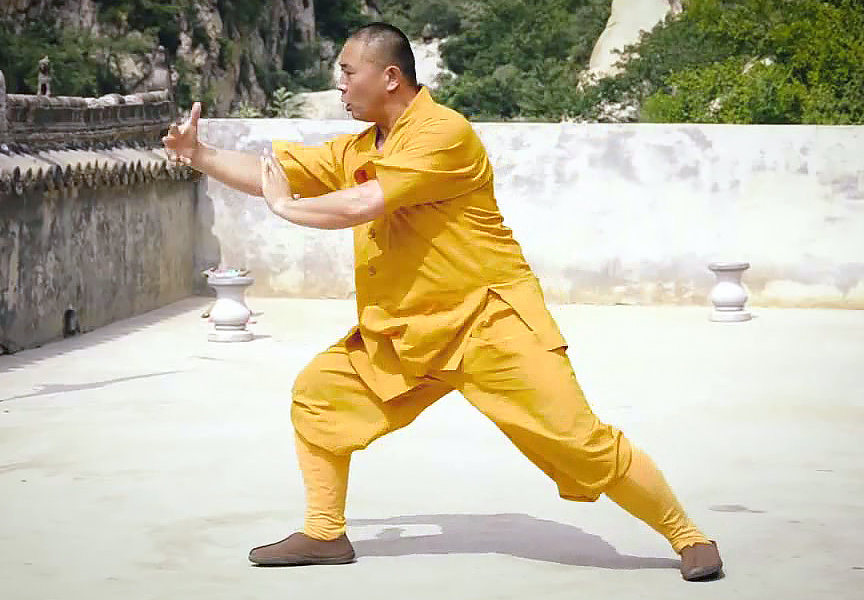
The Significance of Traditional Shaolin Kung Fu Forms In the realm of martial arts, Shaolin Kung Fu stands out as an ancient and revered discipline with a rich history that dates back over a thousand years. One of the hallmarks of Shaolin Kung Fu is the profound importance placed on preserving the original forms and techniques that have been passed down through generations. These forms are often considered a direct link to the ancient Shaolin…
- Unlocking the Serenity Within
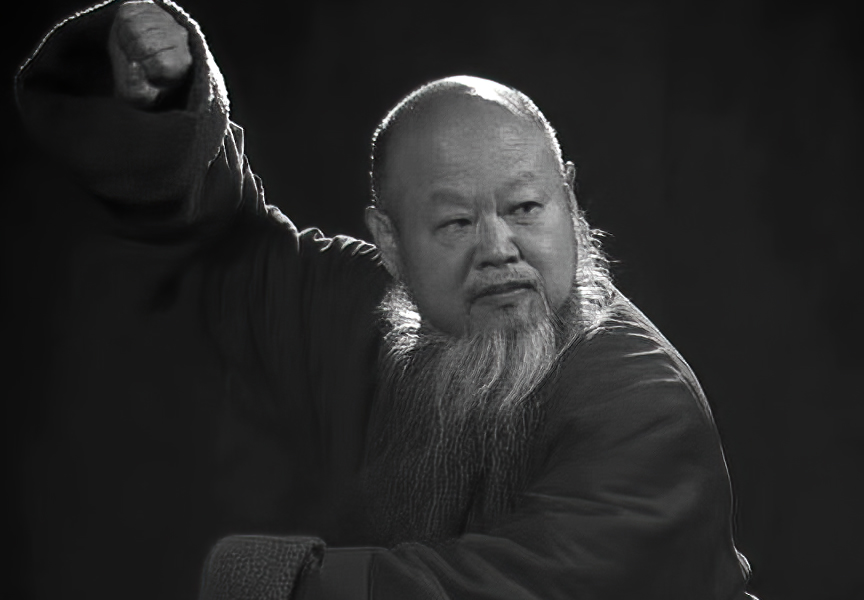
In a fast-paced world filled with stress and anxiety, it's essential to find ways to maintain physical and mental well-being. Shaolin Rou Quan, often referred to simply as Tai Chi, is an ancient Chinese martial art that has been practiced for centuries and is gaining popularity worldwide for its numerous health benefits. This gentle and flowing exercise combines mindfulness, slow and graceful movements, and controlled breathing to promote…
- The Significance of the Centerline Concept
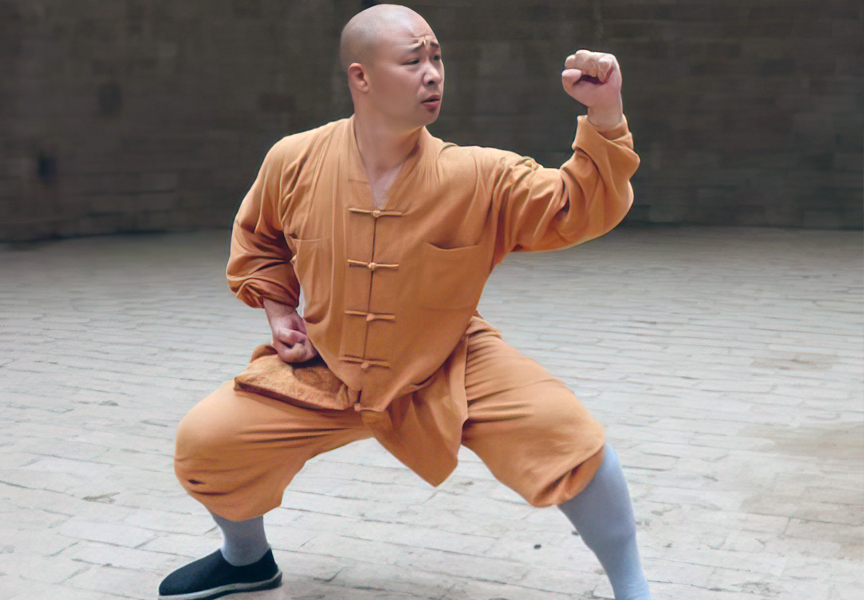
Shaolin Kung Fu, with its roots dating back centuries, is renowned for its dynamic movements, intricate forms, and powerful strikes. Among the many principles that form the foundation of this martial arts system, the concept of the centerline [Chin.: Zhōngxīn xiàn 中心线] stands out as a crucial element. Understanding the centerline is essential for practitioners to harness the full potential of Shaolin Kung Fu and execute its techniques…
- Eliminating EGO
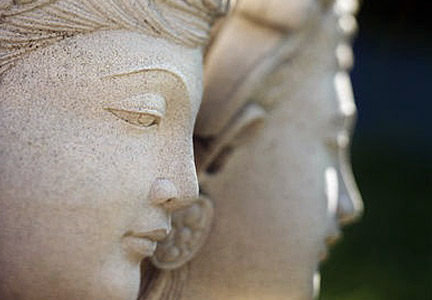
Many people harbor the notion that there must be an enduring, unchanging core of personality or self to make sense of their existence and life experiences. In the face of this existential question, the teachings of Buddha shed light on a profound insight: there is no actual, permanent, or self-standing personality or self. This principle constitutes the third hallmark of existence. Were a self to truly exist independently, it should be…

